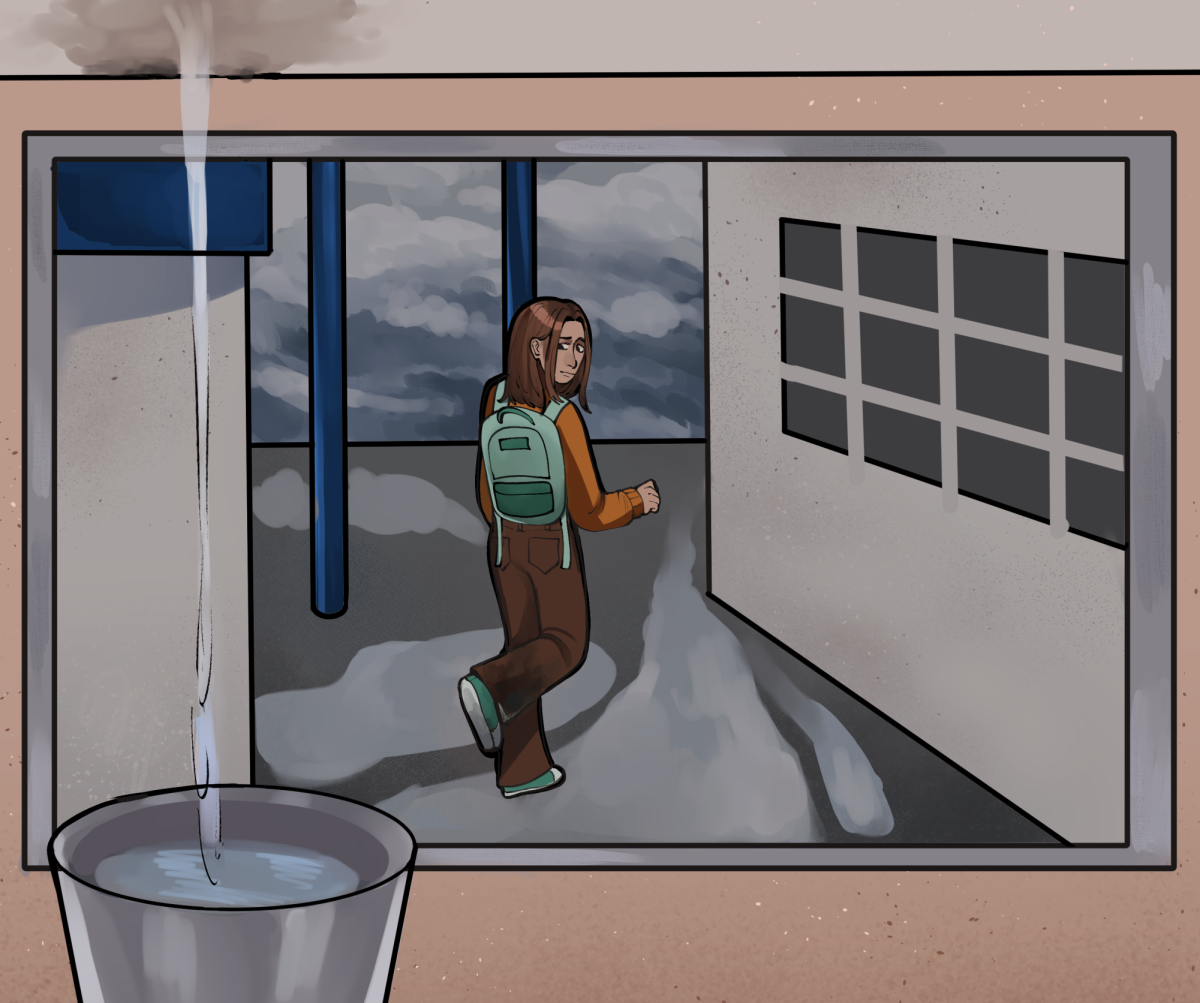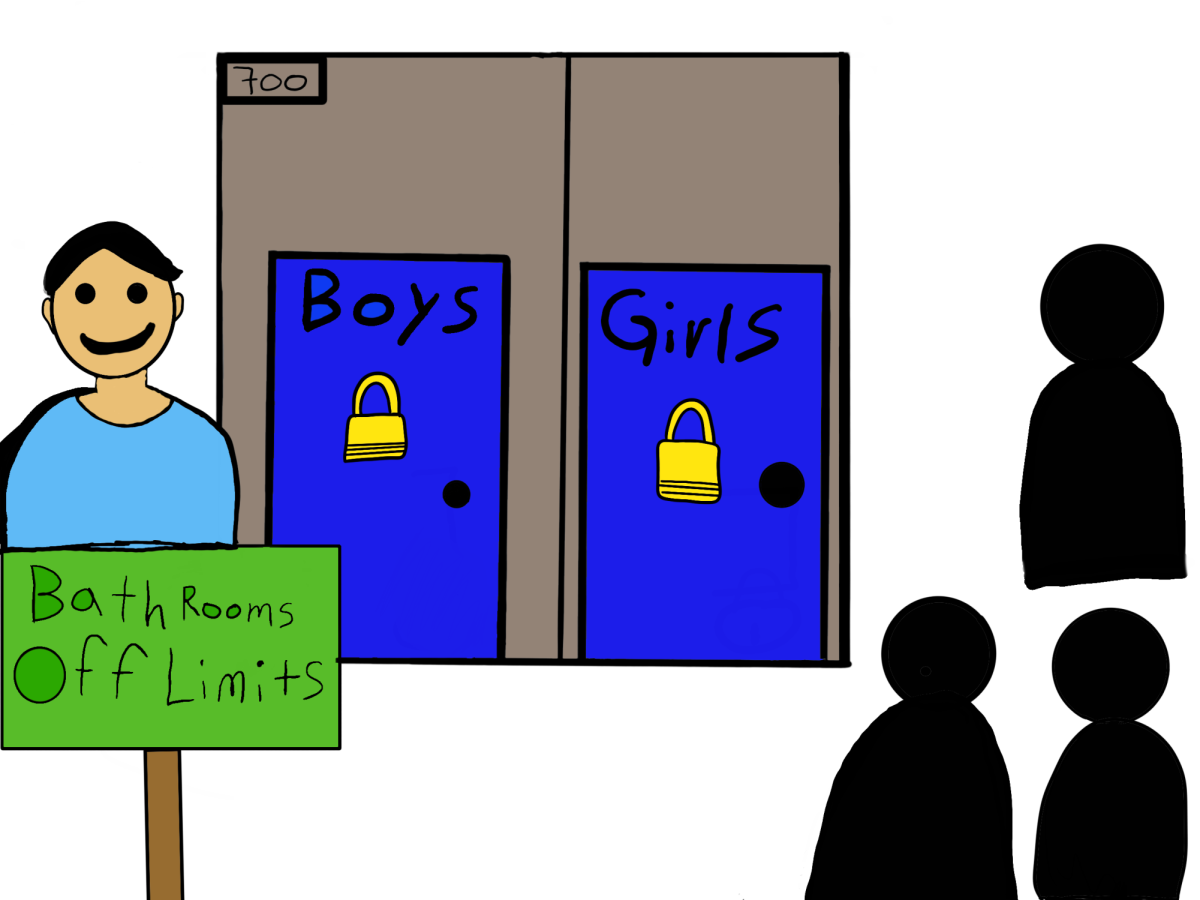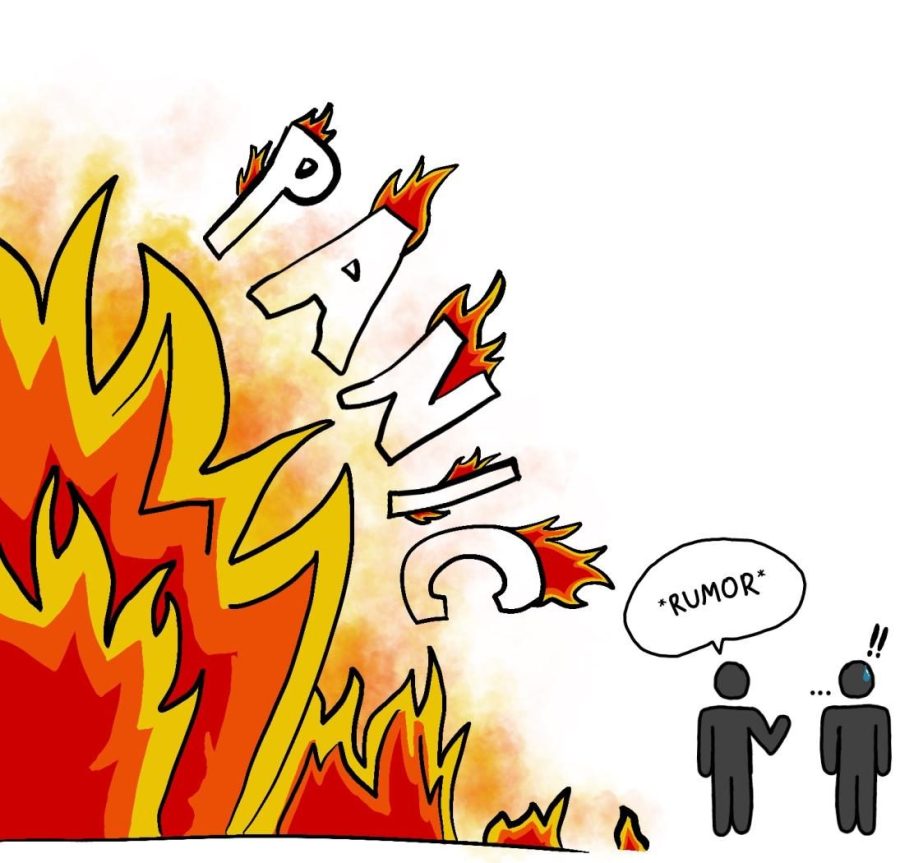As 2024 progresses, more attention has been brought towards the long needed change for outdoor campuses in California to become better equipped for extreme weather conditions. It was evident throughout the month of January that the Sweetwater High School District (SUHSD), and specifically Bonita Vista High (BVH), faced heavy winds, water leakage in classrooms and flooding in various areas due to winter storms.
After a heavy storm hit on Jan. 22 and no transparent email within the SUHSD, another storm approached California. SUHSD then communicated with the community through an email released on Jan. 31 declaring the decision to keep schools open whilst prioritizing student safety. Yet, these storms are not going to be the last of their kind and without a clear prediction of how heavy the impact could be on the area, schools in improper positions will face the consequences.
Furthermore, older schools across California and in our district like BVH are equipped with drainage systems unable to withstand the rainfall. They also have uneven grounds that are inevitably filled with deep puddles, in which numbers of students fall or step in.
The effect of rain flooding, chaos among the student body, troubles displayed among social media platforms like Instagram and the risk of giant trees toppling down only shows the unpreparedness of campuses in California. Moreover, schools within the La Mesa-Spring Valley school district faced widespread destructive flooding in all of their 21 schools, including Kempton Literacy Academy.
Kempton Literacy Academy among California’s many long-standing schools was heavily unprepared as shared CBS 8, a news outlet in their article, “State Superintendent tours flood damaged schools in Spring Valley,” after the California State Superintendent Tony Thurmond visited schools and witnessed 10-15 million dollars worth of damage. The extent to how unqualified California schools were to tackle the rainfall and consequences was described by Thurmond during a CBS8 interview who stated, “Schools are not set up to handle these situations. What we’ve begun doing [for schools] is raising money through private sources to help meet basic needs.”
Analyzing the winter storms that hit California, a Los Angeles Times article features Ariel Cohen, a National Weather Service meteorologist who explains how unpreparedness causes “potentially dangerous situations, and we are urging everyone to be preparing in advance.” The need for change is now for California, whether it includes positioning sandbags, altering road travel plans, having multiple avenues to receive weather warnings or being prepared to evacuate.
As preparedness and efforts increase, the need for all schools in California to follow lead grows greater. To fulfill administrators’ goal to prioritize students safety, schools in California must remain updated and better equipped to tackle extreme weather conditions.








